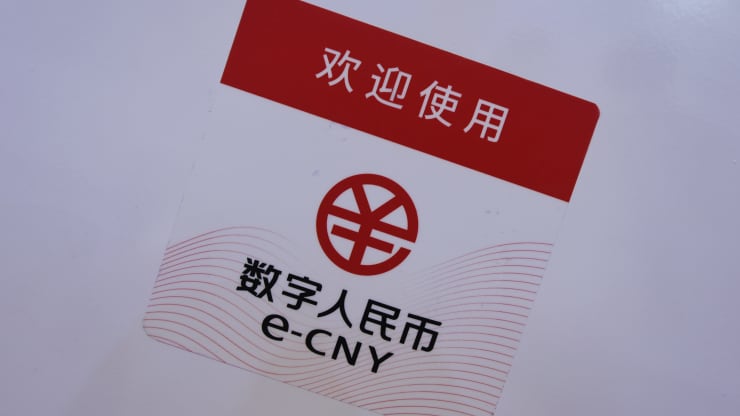Risky borrowers will pay more to access M-Shwari loans as Safaricom and NCBA Group plan a new lending model with different charges based on the credit profile of customers.
NCBA chief executive John Gachora said the bank will roll out a risk rating model for M-Shwari akin to that of commercial banks.
Banks use a base rate which is normally the cost of funds, plus a margin and a risk premium, to determine how much they charge a particular customer.
For M-Shwari, it will mark a departure from the current model where it charges a flat rate of 9.0 percent—loans fees of 7.5 percent and excise duty of 1.5 percent—for all customers.
NCBA will rely on an algorithm that builds a financial profile of customers based on their previous borrowing on the platform, M-Pesa transactions and airtime purchases.
“Now that we have collected enough data about our customers, we can actually ‘risk-base price’ them a bit better than we have done. So it’s to try to offer differentiated pricing,” Mr Gachora told the Business Daily in an interview.
“Today M-Shwari pricing is the same for everybody. The regime we want to go into is different prices for different people depending on credit performance.”
It will punish defaulters and borrowers who take more than the set 30 days to clear their M-Shwari loans.
NCBA has reaped huge rewards from pioneering mobile phone-based lending in Kenya after teaming up with telecoms operator Safaricom in 2012 to launch the dominant service, M-Shwari.
It was a step-up from M-Pesa, which was launched in 2007.
M-Shwari disbursed Sh42 billion in the six months to June compared to Sh44.8 billion worth of loans in the same period in 2021, representing a six percent drop.
Borrowings on the Fuliza overdraft service via NCBA rose 30.7 percent to Sh288 billion in the six months to June from Sh288 billion in the same period a year earlier.
The risk-based lending model for M-Shwari comes days after President William Ruto pushed for cheaper mobile loans and Safaricom cut Fuliza charges.
On a loan with a month’s term, this equates to an annualised interest rate of 108 percent. The average bank lending rate stood at 12.38 percent.
Mr Gachora said the risk-based lending policy under M-Shwari will address the borrower’s behaviour and not match the banking rates.
“M-Shwari pricing will continue to be in line with the behaviour, costs and risks associated with mobile loans. These are not necessarily comparable with regular bank loans which are processed slowly, with a lot of information and analysis,” he added.
“Now that the product (M-Shwari) has come of age, access has been established. Our thinking now is we can talk about pricing, hence the changes we have made on Fuliza pricing and also the changes that we want to make on M-Shwari prices.”
NCBA is also planning to spin out its financial technology (fintech) business, which includes M-Shwari, into a standalone company in the race to create more personalised and feature-rich digital banking services for its customers.
Mr Gachora has said the bank is in the process of forming a separate fintech company to host its digital loan platforms in Kenya and others in five countries where the bank operates.
The subsidiary, which will operate under the parent group, will be led by a CEO and have a separate board.
This comes in a period when banks are increasingly turning to imaginative combinations of software, hardware and data to create and deliver both new and traditional financial products and services.
NCBA’ revelations come weeks after the Central Bank of Kenya (CBK) started regulating digital lenders, a move that will give the banking regulator powers to rein in lenders who violate consumer privacy and overcharge consumers.
Users of mobile phone-based micro-lenders, which include the Silicon Valley-backed Tala, surged to two million in 2019, from 200,000 in 2016, the central bank says.
Before last month, dozens of lenders were not covered by any of the existing laws. But the digital products of banks like NCBA and KCB were regulated.
The new law requires the lenders to seek approval of the central bank for the pricing of their loans and products, subjecting them to the same rules as commercial banks.
It also grants the banking regulator powers to revoke the permits of digital lenders who breach the confidentiality of personal information to pursue defaulting borrowers.
It aims to stop a trend where some lenders resort to “debt shaming” tactics to recover loans.













Comments